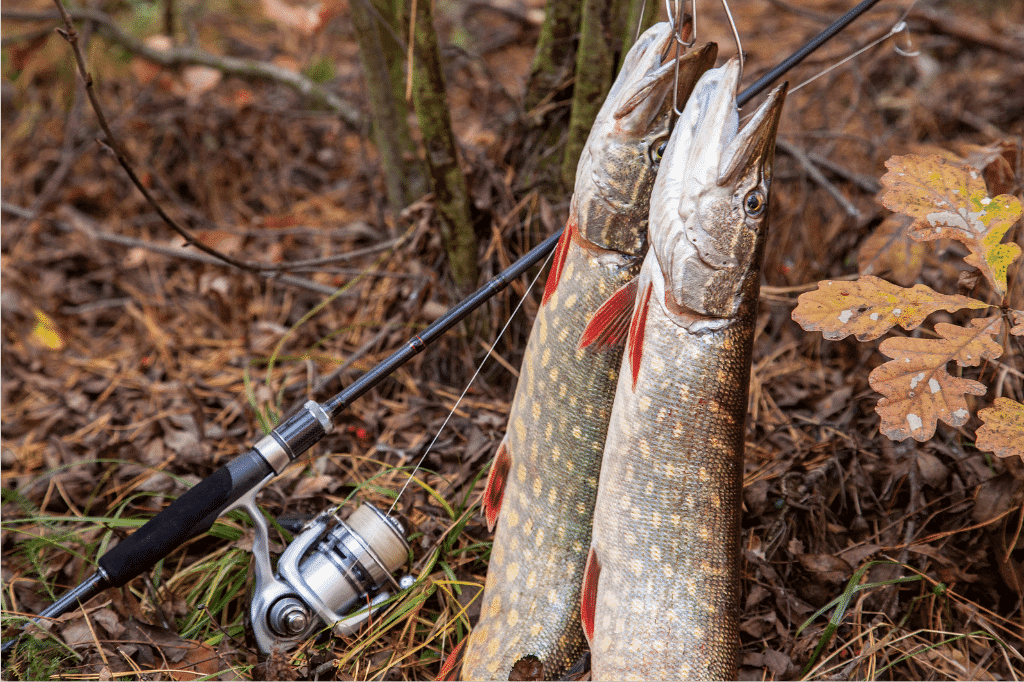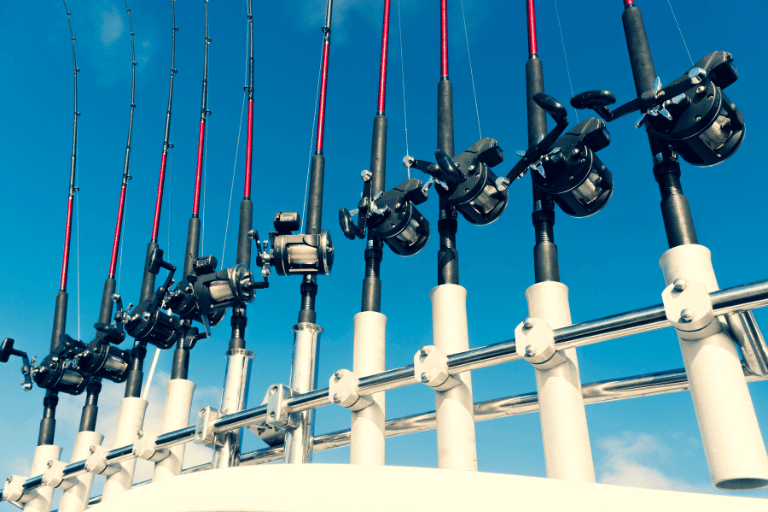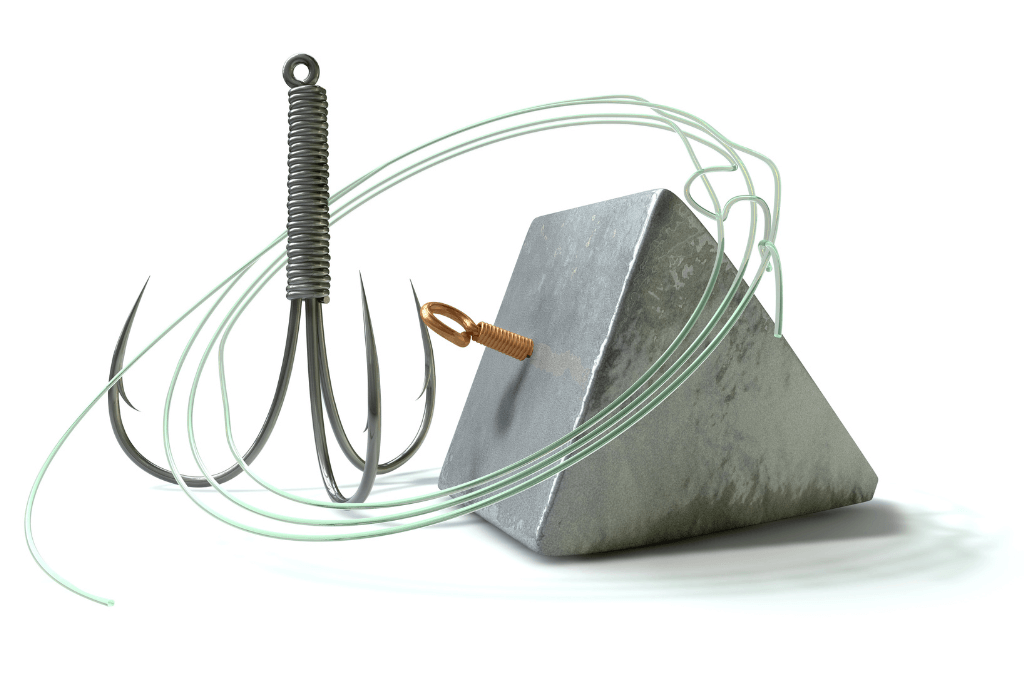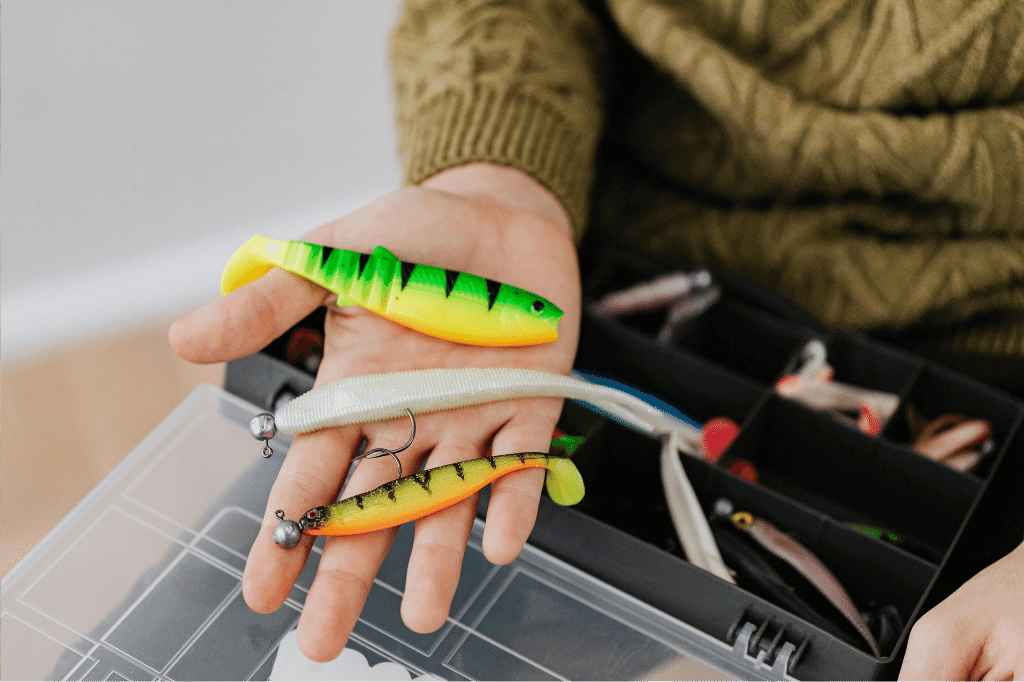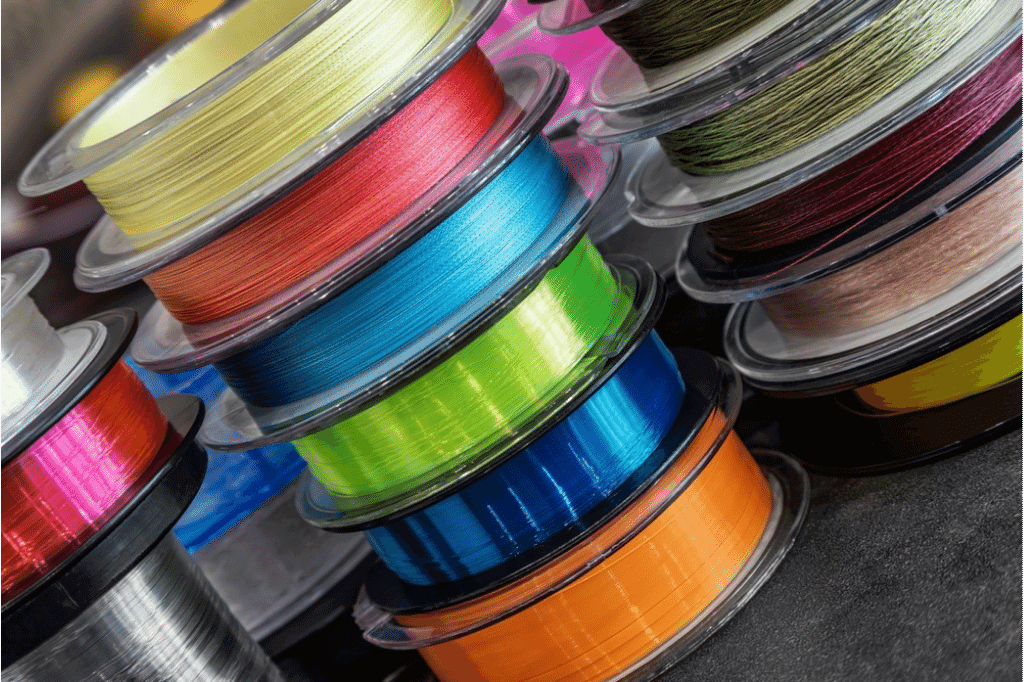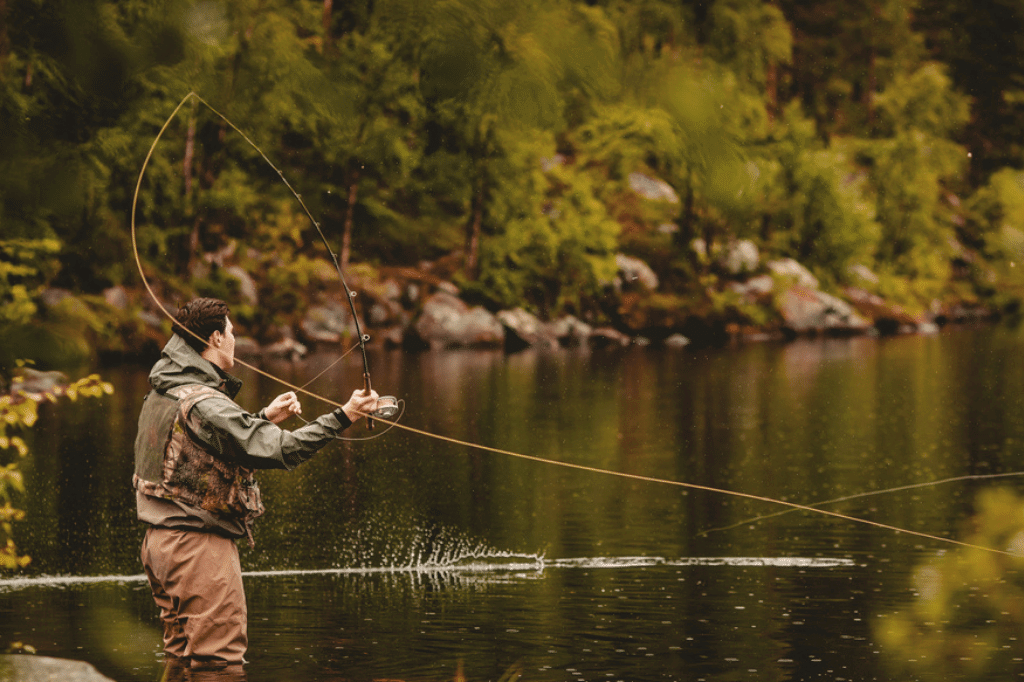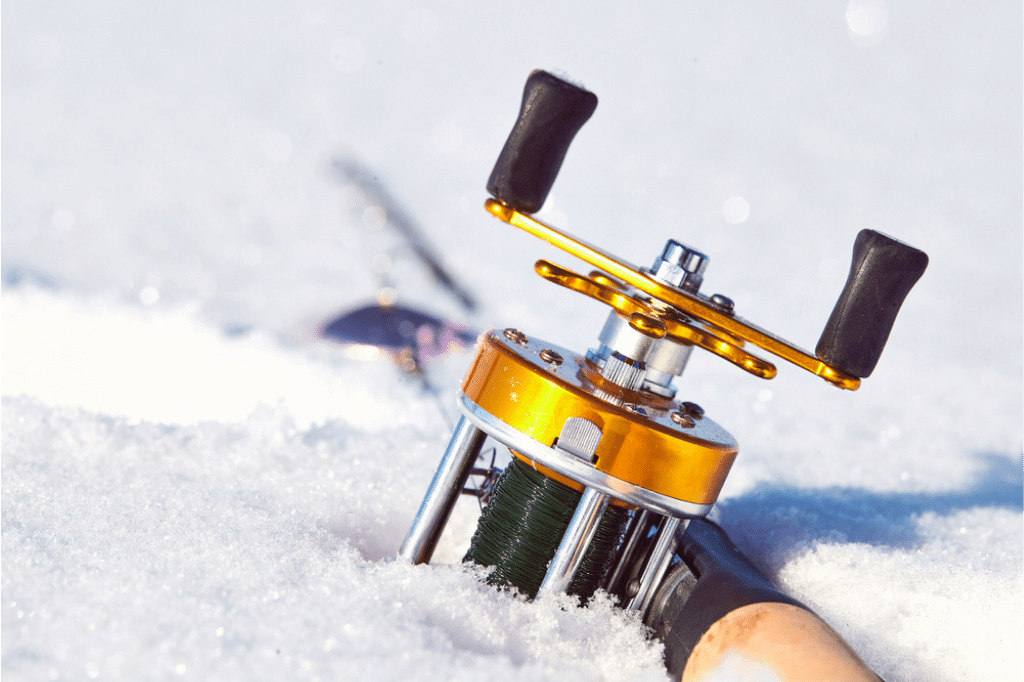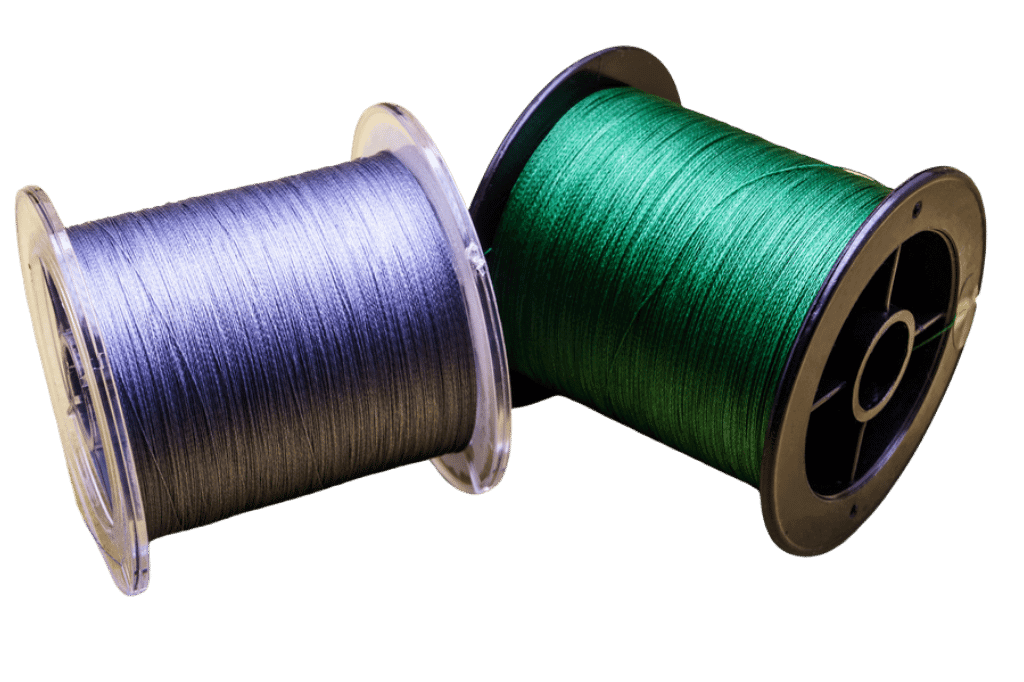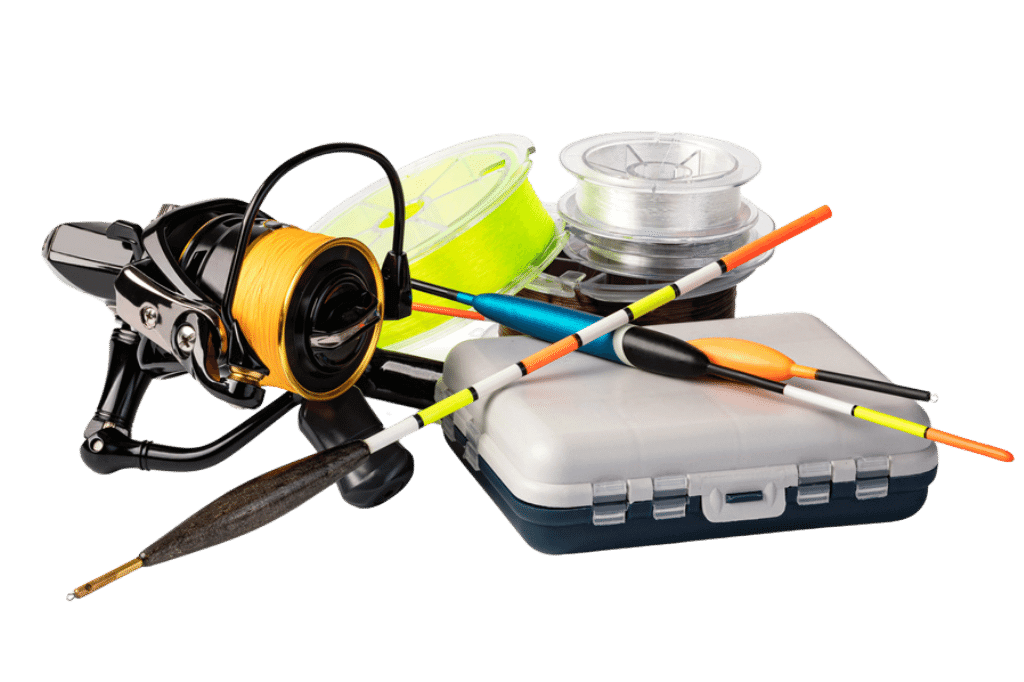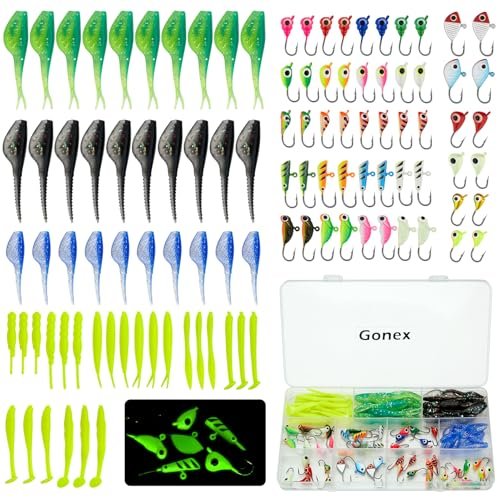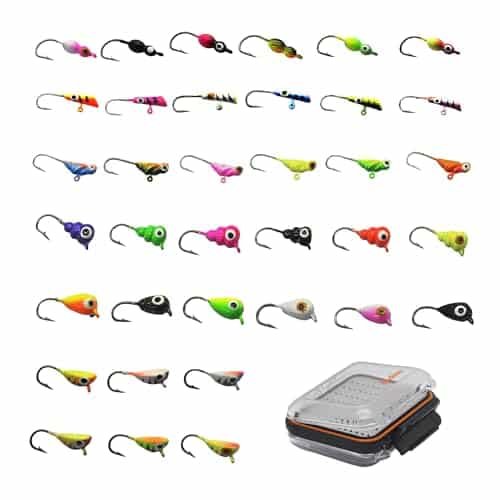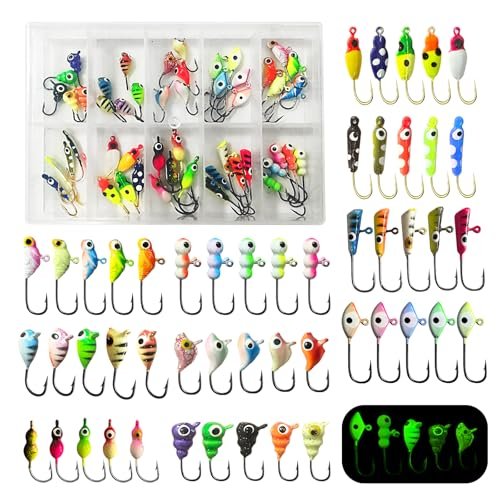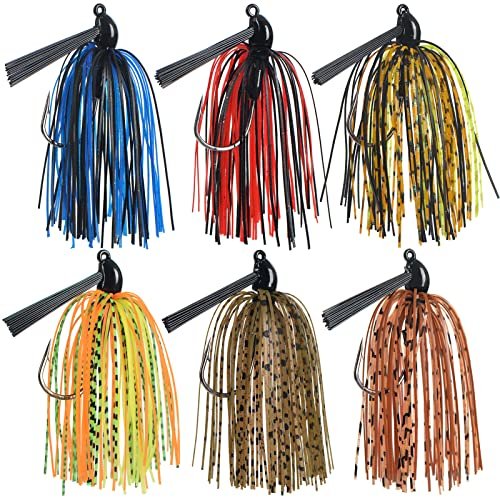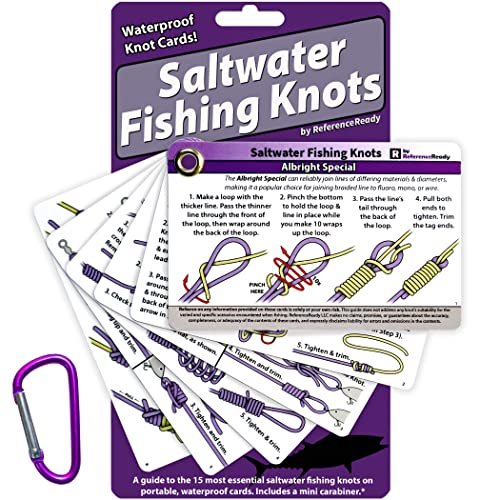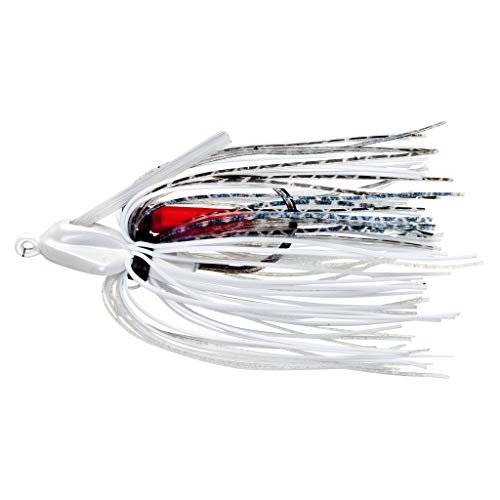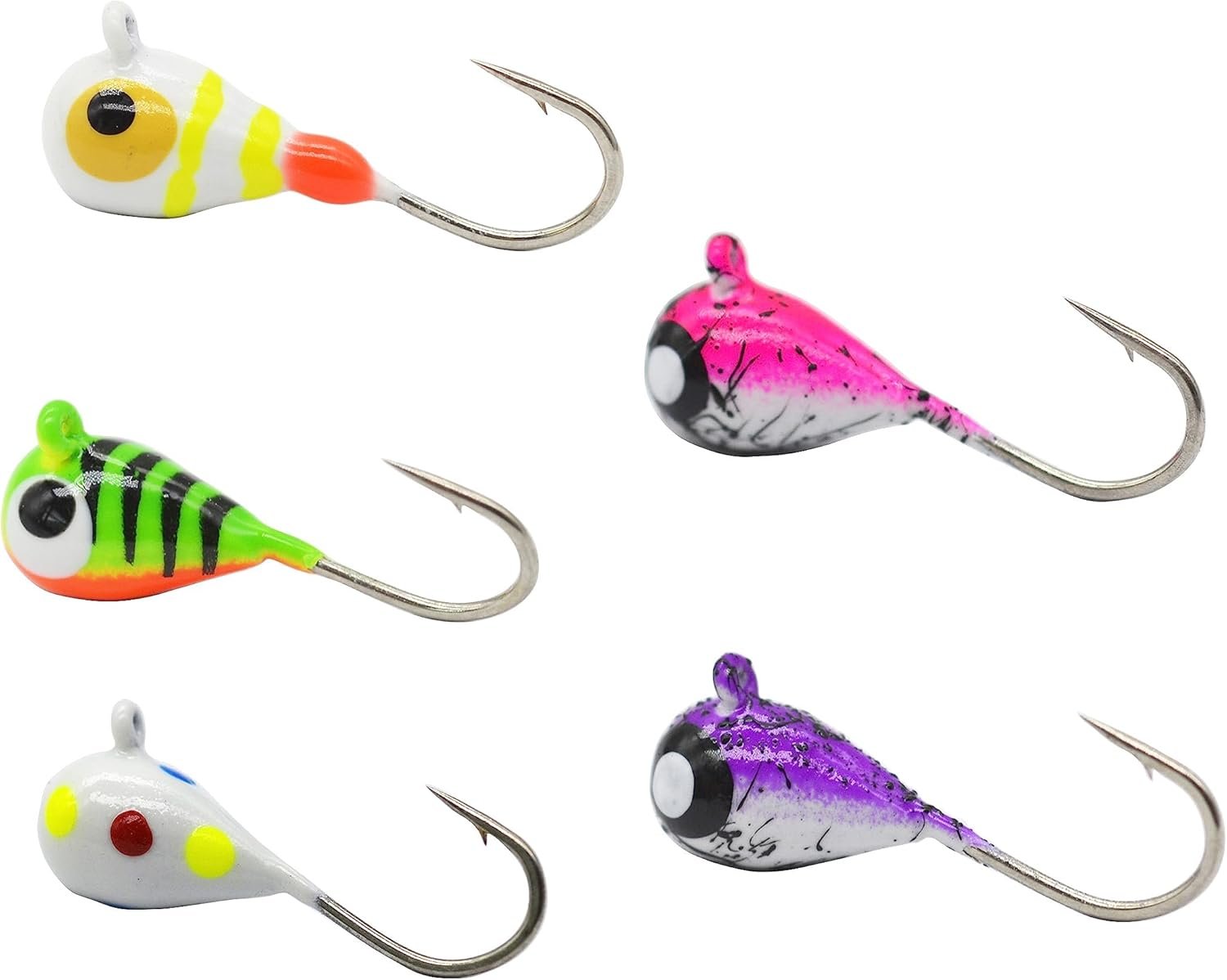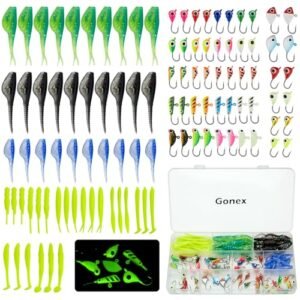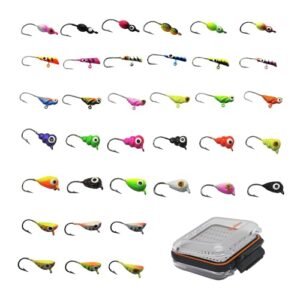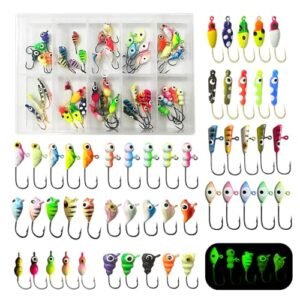As an angler, your equipment is not complete without a reliable fish stringer. This handy accessory ensures that your catch remains alive and fresh in their natural habitat, enhancing the quality of your fish when it’s time to head home.
Easy to use and practical, the stringer threads through the fish’s gills and out its mouth, securing it safely. Whether you’re wading in a creek or fishing from a serene lakeside, a fish stringer is an indispensable part of your gear. Embrace the simplicity of this age-old solution for managing your catch, while you continue your quest for the next big bite. It’s the preferred method for many fishermen to maintain the freshness of their catch without the need for a bulky ice chest or live well.

Credit: www.amazon.com
The History Of Fish Stringer
Origin
The fish stringer’s story begins centuries ago. Early fishermen needed a way to store their catch while they continued to fish. They relied on natural materials found in their surroundings. Early stringers were often simple, made from reeds or flexible branches.- Use of natural vines or twigs
- Adoption by ancient fishing cultures
Evolution Over Time
Fast forward to today, and the fish stringer has evolved tremendously. Instead of natural materials, modern stringers come in durable options such as nylon rope and stainless steel. They now feature various securing mechanisms, including metal snaps, rings, and hooks, allowing for quicker and safer catch-and-release.| Time Period | Material | Features |
|---|---|---|
| Early Times | Natural Materials | Simple, less secure |
| Modern Times | Advanced Materials | Strong, feature-rich |
- Variety of shapes and sizes
- Efficient catch management
- Conservation-friendly designs
Different Types Of Fish Stringers
Traditional Stringers
Old-school fish stringers are simple. They use metal or rope. Fish slide onto the stringer through the gills and mouth. Fish stay alive longer this way. Here are the types:- Rope Stringers: They have a metal ring or spike.
- Metal Stringers: These have loops or snaps.
Modern Variations
New stringer designs focus on fish safety and ease. Two popular are:| Modern Stringer Type | Features |
|---|---|
| Locking Stringers | Secure locks. Easy release. Saves fish. |
| Clip Stringers | Quick clip on. Less harm to fish. |
Benefits Of Using A Fish Stringer
Convenience
Attaching fish to a stringer is simple. Fishermen can keep their hands free and continue fishing. A stringer allows easy access to fish in the water, keeping them fresh. No need for bulky buckets or constantly accessing a cooler. This makes moving spots hassle-free.- Hands-free fishing
- Easy access to catch
- Hassle-free movement
Preservation Of Catch
Stringers keep fish alive longer, preserving freshness. Immersed in their natural habitat, fish stay healthy till the end of your trip. This method supports quality and taste. Alive fish on a stringer reduces waste and maintains optimal condition.| Preservation Benefits | |
|---|---|
| Freshness Extension | Fish live longer when submerged |
| Quality Maintenance | Continual water circulation aids muscle quality |
| Waste Reduction | Less spoilage than fish in a cooler or bucket |
How To Properly Use A Fish Stringer
Selecting The Right Type
Before you dive into the waters, it is essential to choose the right Fish Stringer. There are two main types:- Traditional Rope Stringers: Good for calm waters and smaller fish.
- Metal Chain Stringers: Better for larger catches and active waters.
Attaching And Securing Fish
Securing your catch is crucial. Here’s the best way:- Thread the stringer through the fish’s gill opening.
- Push it out through the fish’s mouth.
- Secure the loop or hook on the stringer’s end.
| Fish Size | Rope Stringer | Metal Stringer |
|---|---|---|
| Small to Medium | Yes | Sometimes |
| Large | No | Yes |
Safety Tips When Using A Fish Stringer
Handling Fish Properly
Handle your fish with care. Use wet hands or gloves to hold your catch. This protects both you and the fish.- Wet hands before touching fish to reduce harm.
- Avoid fish spikes and teeth. They can cause pain.
- Use the stringer correctly. Push it through the fish’s gill and out its mouth.
- Keep fish in water. This helps them stay alive longer.
Avoiding Injuries
Stay alert and be mindful when adding fish to your stringer. Injuries are often due to careless mistakes. Here’s how to stay safe:- Use the right stringer type for the fish species you catch.
- Never leave the stringer end unsecured. It can swing and cause injury.
- Keep sharp parts away from you and others.
- Check local guidelines. Some areas have specific rules about stringing fish.
| Injury Type | Preventive Action |
|---|---|
| Cuts from Fish | Wear gloves; handle carefully |
| Eye Injuries | Keep stringer’s end secure |
| Scratches from Teeth/Spikes | Grasp fish from underbelly |

Alternatives To Fish Stringers
Coolers And Ice Bins
Coolers and ice bins stand out as popular substitutes for fish stringers. They offer several benefits:- Temperature control: Keep fish fresh for longer.
- Portability: Carry and manage catch with ease.
- Protection from predators: Safe from theft by other animals.
- Meet ethical guidelines: Preserve fish quality for consumption.
Catch And Release Practices
Catch and release reflect modern practices aimed at conservation. Fishers who adopt this method benefit ecosystems and ensure future fish populations. Here are the guidelines for proper catch and release:- Use barbless hooks for easy removal.
- Handle fish gently and avoid touching gills.
- Return fish quickly to water.
Environmental Impact Of Fish Stringers
Potential Harm To Fish
Fish stringers, while useful, can also endanger fish species. The manner in which fish are attached can cause stress and injury. This leads to higher mortality rates even if they are later released. Studies have pointed out that improper handling could prevent fish from escaping predators or healing properly.- Less survival: Fish suffer from damage to gills and mouths.
- Predation risk: Strung fish are easy targets for predators.
- Reproduction effects: Injured fish may not reproduce effectively.
Sustainable Fishing Practices
Adopting sustainable practices helps protect aquatic life. Fishers are encouraged to minimize harm to fish populations. Techniques like catch-and-release or use of barbless hooks can make a difference.| Sustainable Practice | Benefits |
|---|---|
| Proper Stringer Use | Reduces injuries, promotes survival |
| Barbless Hooks | Easier removal, less stress to fish |
| Selective Harvest | Preserves fish population health |
Frequently Asked Questions Of Fish Stringer
What Is A Fish Stringer?
A fish stringer is a line or chain for holding caught fish through the gills or mouth while fishing. It ensures the catch remains in water and alive.
Do Stringers Keep Fish Alive?
Stringers can keep fish alive temporarily by allowing them to remain in water, but they might not ensure long-term survival.
How Long Can Fish Live On A Stringer?
Fish can live on a stringer for a few hours if submerged in water, but survival decreases with time and stress. Always prioritize humane treatment and swift catch processing.
How Do You Put A Stringer On A Fish?
To put a stringer on a fish, slide the pointed end through the fish’s lower jaw and out its mouth. Secure the loop or handle at the other end to keep the fish contained.
Conclusion
Navigating the myriad choices of fish stringers can seem daunting. Yet, with the insights shared, anglers can confidently secure their catch. Remember, the right stringer is about safety, convenience, and preserving the integrity of your fish. Equip yourself with the perfect tool and make your fishing trips successful and enjoyable.
Happy angling!

